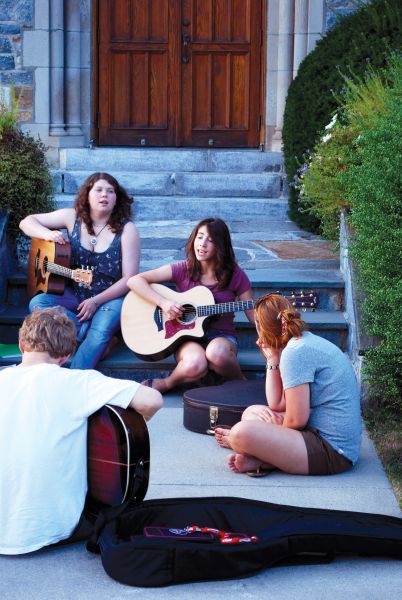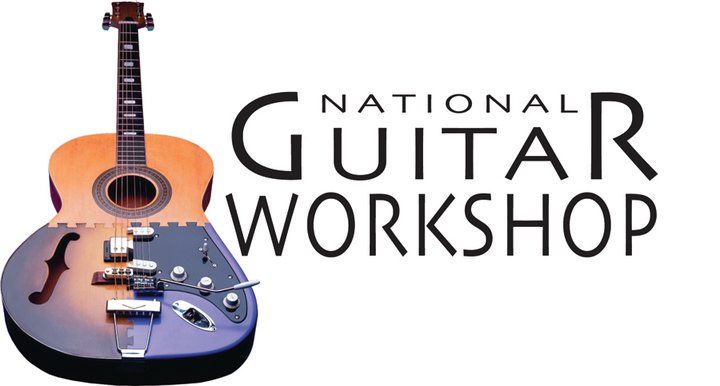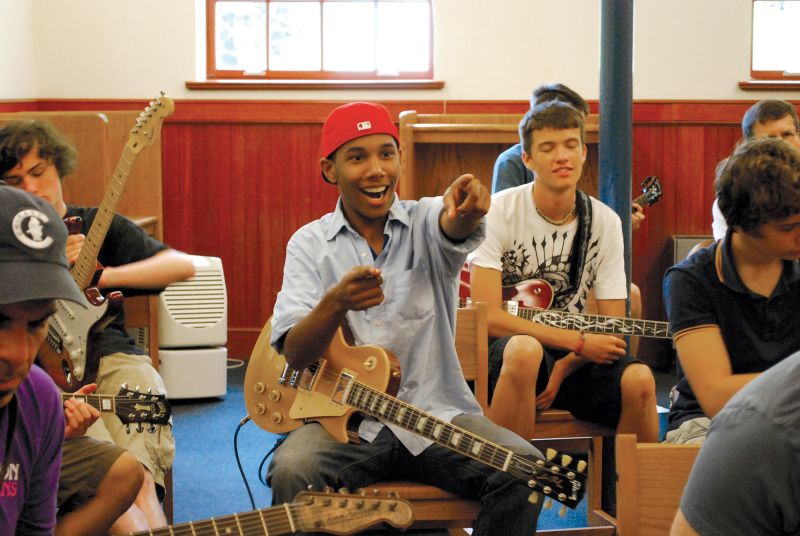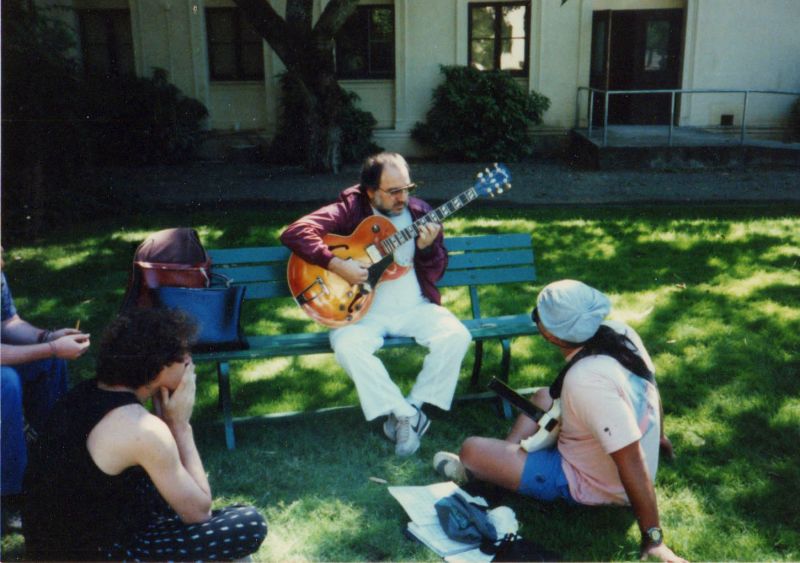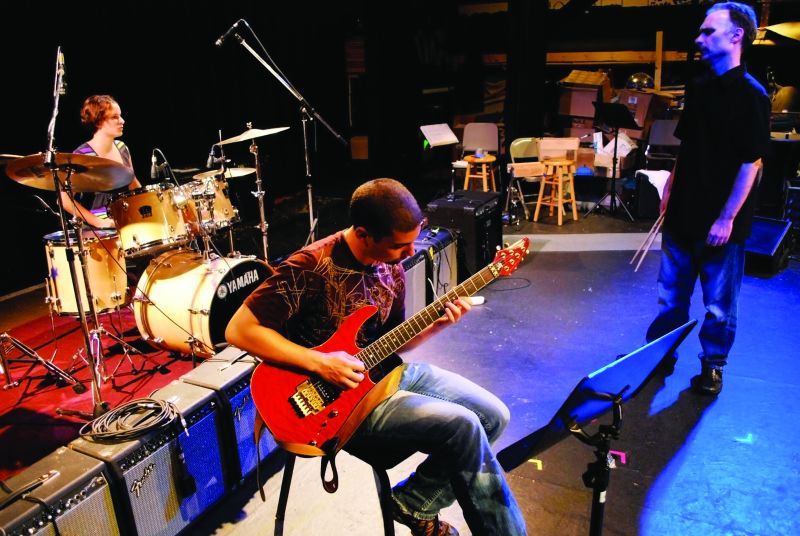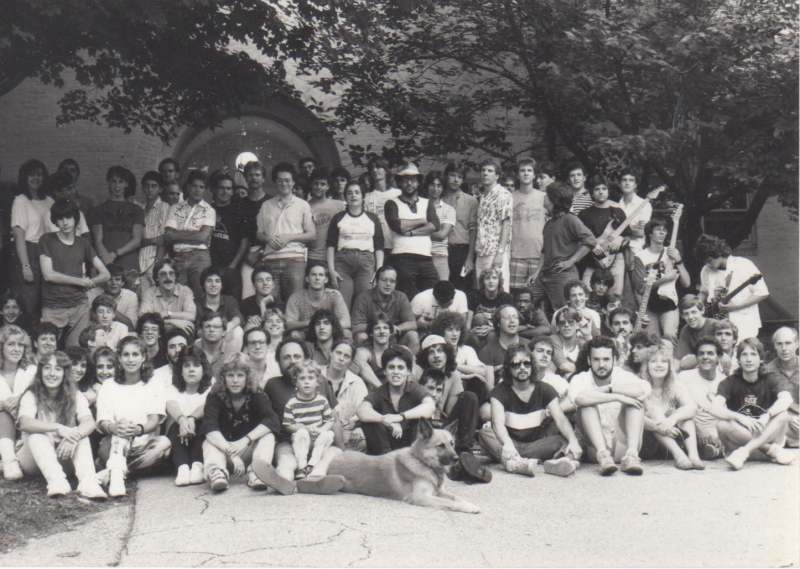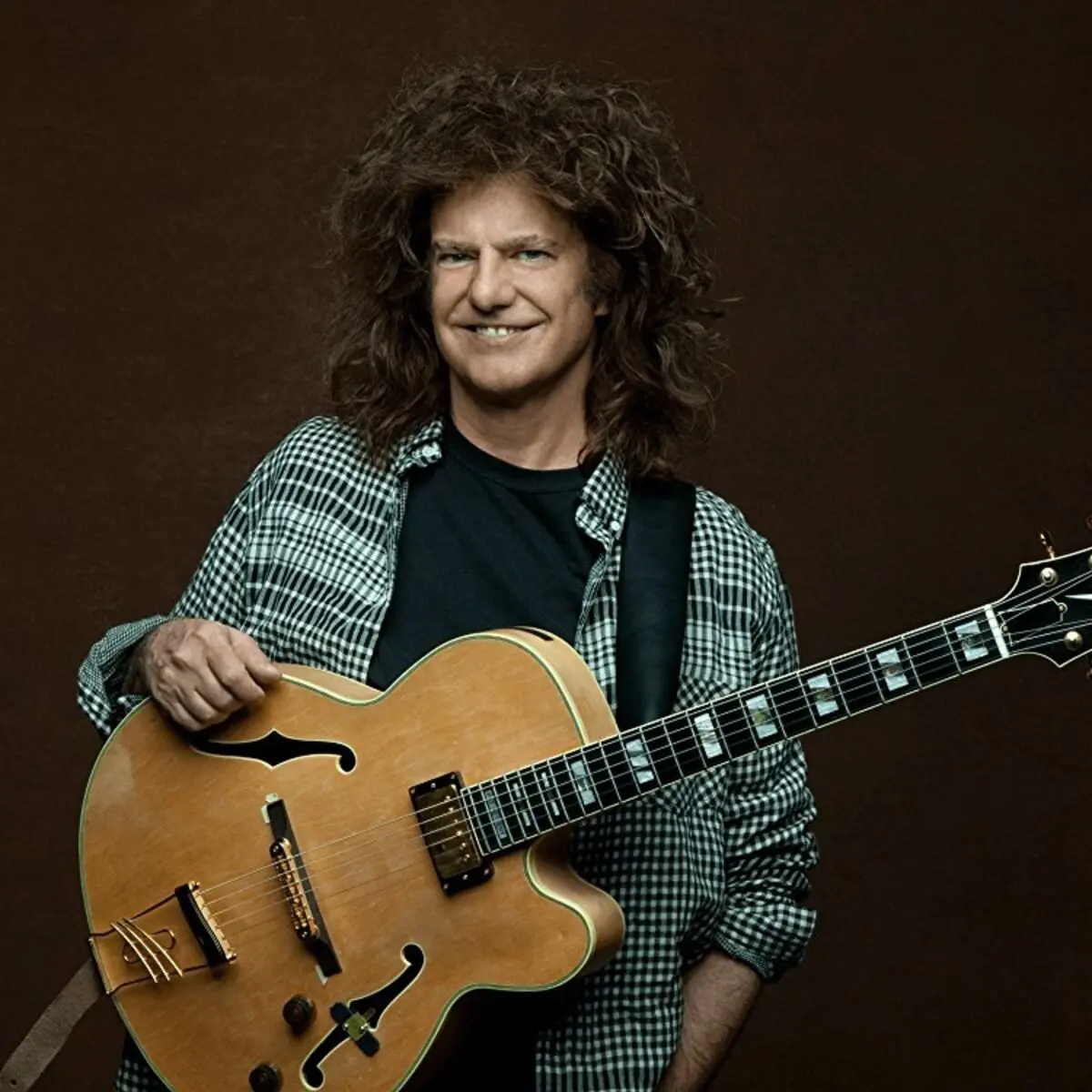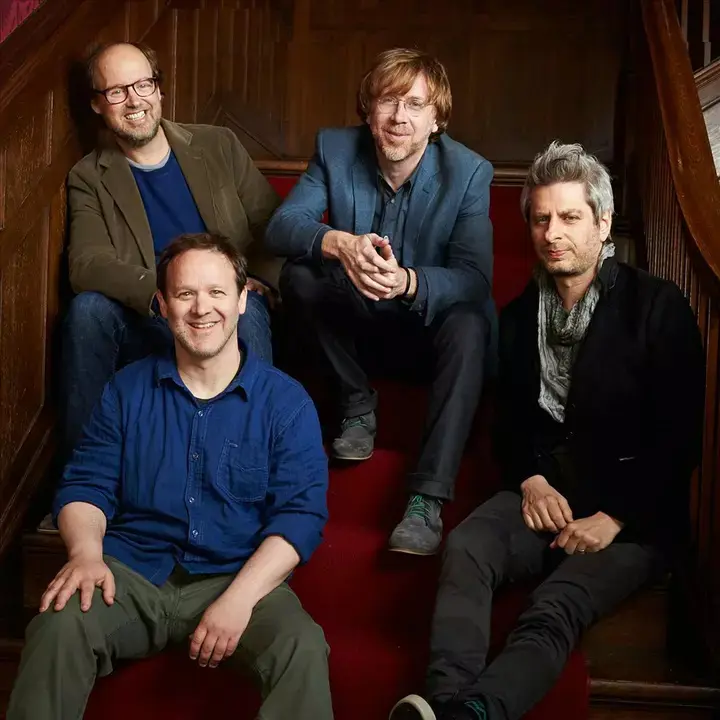National Guitar Workshop
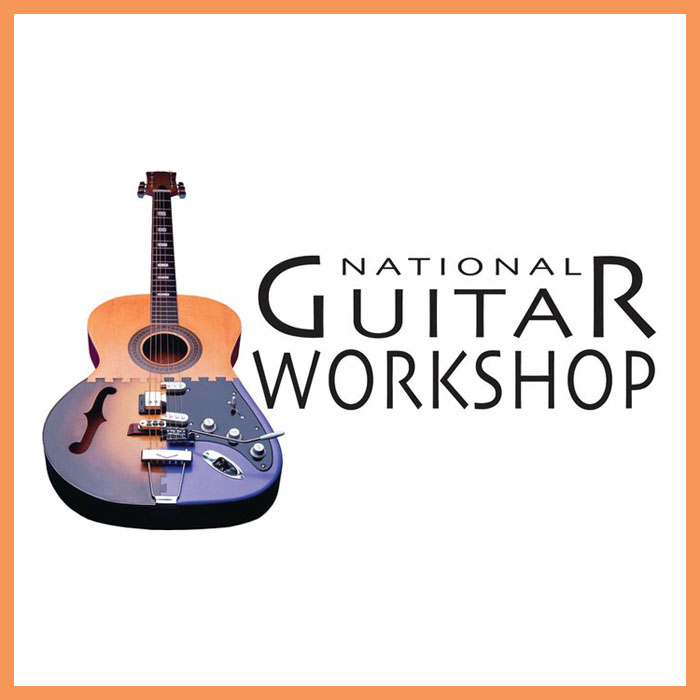
In 1984, David and Barbara Smolover of Lakeside, Connecticut founded the National Guitar Summer Workshop (NGSW). It was a time when you could go into a bank with a one-page business plan and get a loan, and the idea was to create a summer program for all levels of players and all styles of music, from rock and blues to classical, jazz and acoustic. The curriculum quickly expanded to include courses in bass, drums, keyboards, voice, songwriting, theory and technology.
MASTER WORKSHOPS, THE SOUTH KENT SCHOOL, RAPID GROWTH
A central part of the experience from the start were the Master Workshops, in which many of the world’s leading musicians gave lessons and their artistic input, among them Chet Atkins, Pat Metheny, Steve Vai, Zakk Wylde, Yngwie Malmsteen, Jim Hall, David Russell, John Scofield, Michael Hedges, Jordon Rudes and John Petrucci (Dream Theater), Larry Coryell, Leo Kottke, The Assad Brothers, Buddy Guy, Leslie West (Mountain), Marty Friedman (Megadeth) and Trey Anastasio and Mike Gordon of Phish (both of whom are Workshop alums).
It wasn’t easy finding a home for the Workshop, however. No college or prep school wanted to rent their dorms and classrooms to a guitar program. They had to dispel the idea that guitar meant nothing but sex, drugs and rock ’n’ roll. Literally, the last school on the list, The South Kent School, not only agreed to house the program, but their business manager helped arrange financing with the school’s bank.
Over the first four years, NGSW grew from 163 students to over 1,000, and they ranged in age from 14 to 80. In 1988, they were operating seven week-long sessions at the Canterbury School in New Milford, Connecticut and opened a California campus in San Rafael. Over the next 24 years, the National Guitar Workshop became the country’s largest program of its kind in the world, with 11 campuses (Connecticut, Florida, Maryland, Texas, Illinois, Washington, California [LA,SFO], Canada, England and Germany). Summer sessions were dropped in the early ‘90s.
“GUITAR BOOTCAMP,” INCLUSIVE ENVIRONMENT, AGE DEMOGRAPHICS
The week-long session was described by students as a “guitar bootcamp.” Classes ran from 9am to noon, then a break for lunch followed by classes from 1 to 4pm. At least twice a week, a visiting Master artist gave a workshop at 4pm and a concert that evening. Often the Master artist would bring students up to play on stage with them. After dinner, the students rehearsed for the evening performances. Faculty members performed on the first night and students did so every other night.
One of the most unique features of NGW was its inclusive and supportive environment. Over 94% of the students rated the Workshop as one of the three best educational experiences of their life. The staff and students lived on campus, ate meals together and formed lifelong friendships. As for tuition, it included classes, of course, but also room and board. From its first year, the age breakdown of the students was remarkably consistent: 50% between 14 and 17, 10% between 18 and 39, and 40% between 40 and 70. Many adult students brought their sons and daughters and in 2011, a student who was 16 in 1987 returned for a week of classes with his 14-year-old son.
PUBLISHING COMPANY, DAY PROGRAM, WORKSHOPLIVE, CLOSING
The National Guitar Workshop spawned a publishing company that partnered with Alfred Music to publish over 450 instruction titles in everything from guitar to banjo. In 1999, NGW created a day program for students between the ages of eight and 15 and opened over 25 camps across the county. Finally, in 2005, NGW brought its program online in the form of 2,400 video lessons under the name WorkshopLive.
NGW had more than 45,000 students over its 28-year existence. Unfortunately, due to the global recession of 2008, enrollment in programs declined rapidly and National Guitar Workshop was forced to close its doors in 2012.
(by David Smolover)

